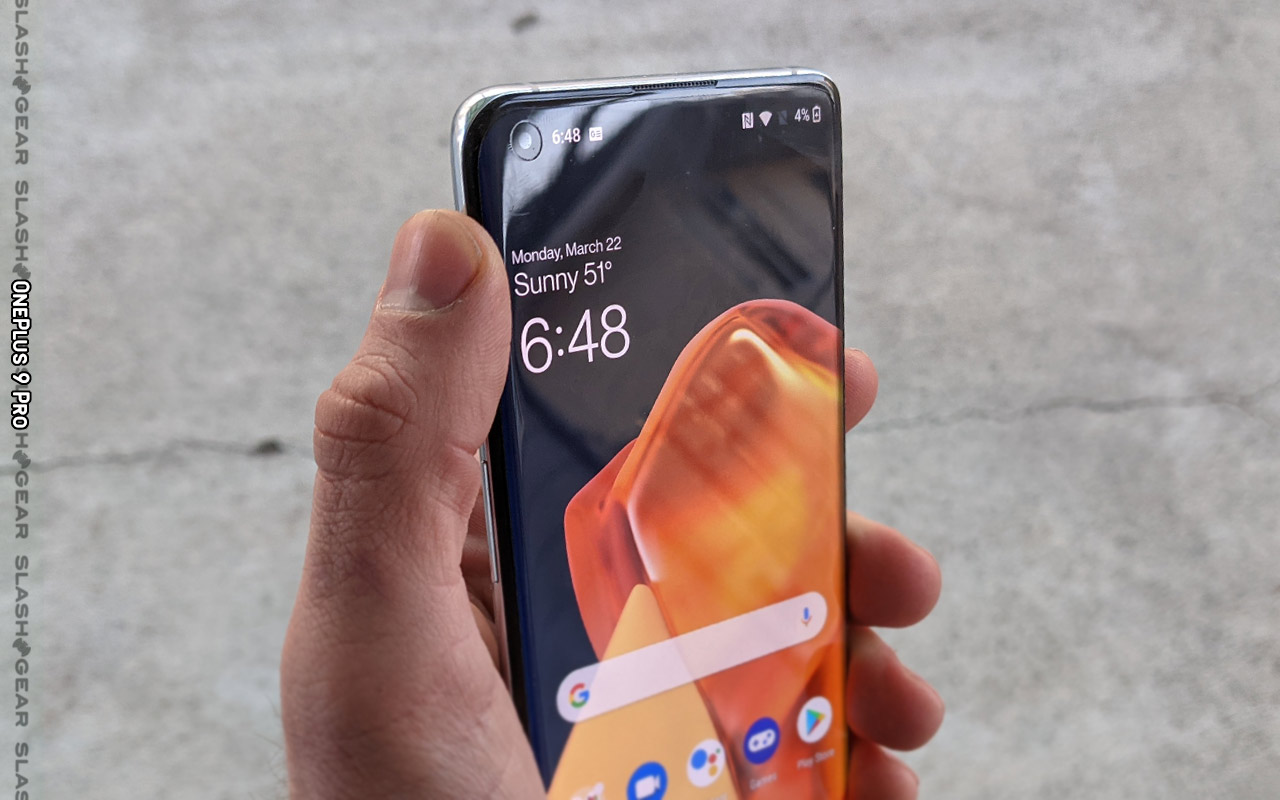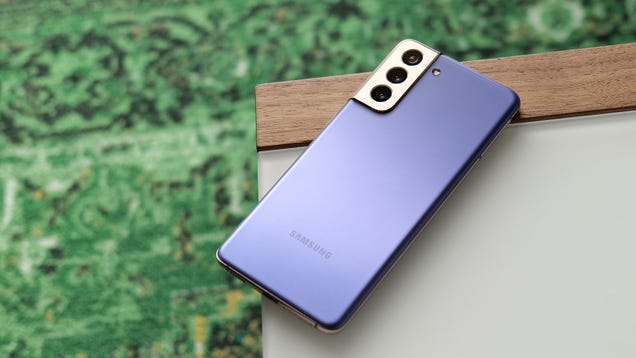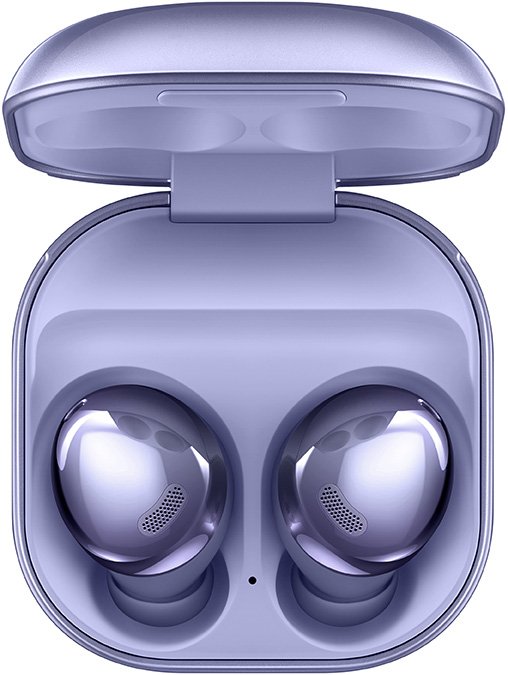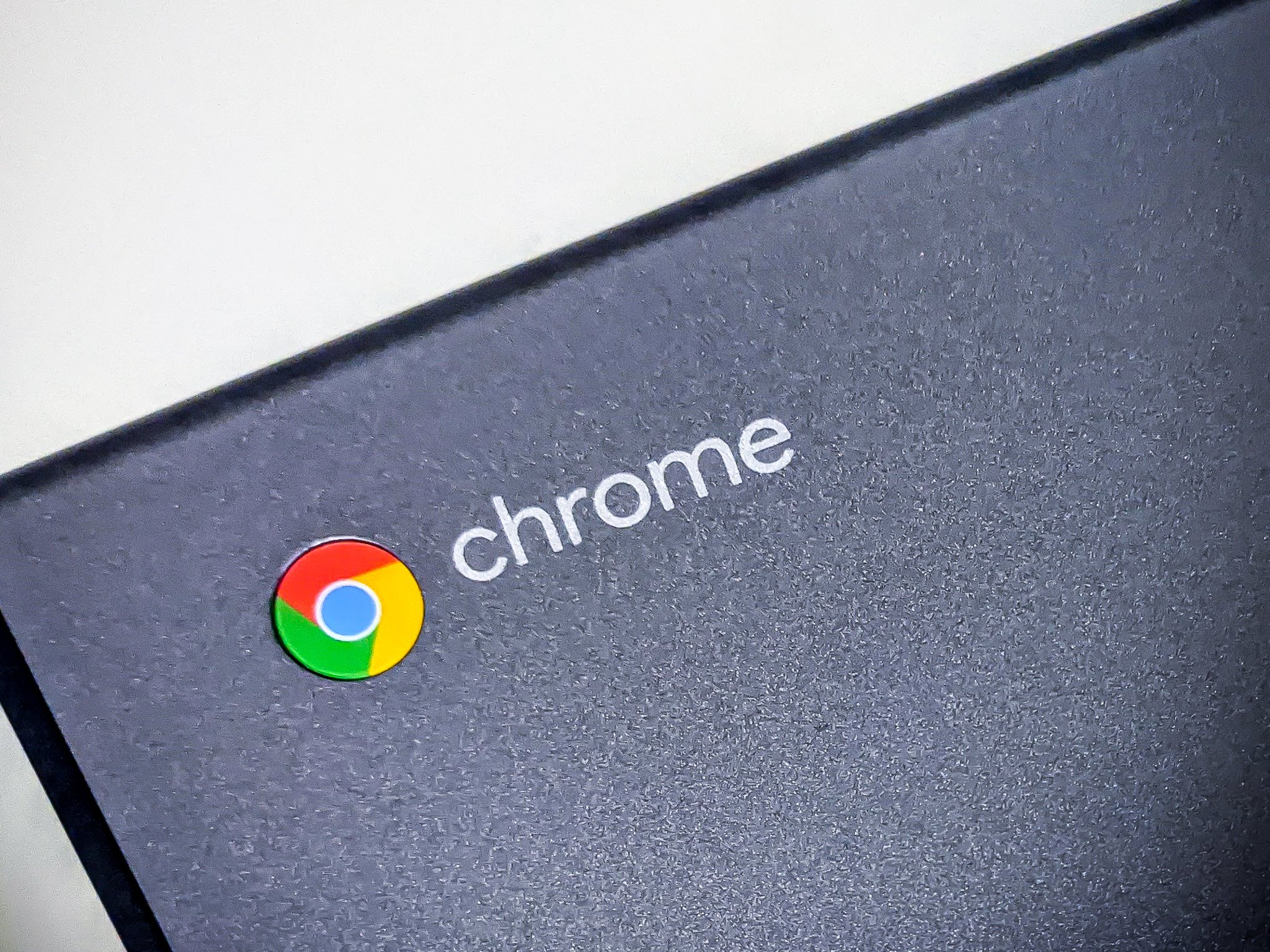OnePlus 9 Pro review - taking on the Ultras - Android
I think we can all agree that the hype around the new OnePlus smartphones has died off a bit since the phones made their debut a few weeks back. As always, OnePlus has been a leader in the smartphone space when it comes to delivering bleeding-edge hardware at an affordable price, but that last bit ...
The post OnePlus 9 Pro review: taking on the Ultras first appeared on Phandroid.
I think we can all agree that the hype around the new OnePlus smartphones has died off a bit since the phones made their debut a few weeks back. As always, OnePlus has been a leader in the smartphone space when it comes to delivering bleeding-edge hardware at an affordable price, but that last bit has become less and less apparent these past few years, especially with devices featuring the term Pro after their name.
So here’s my question: is the flagship smartphone from OnePlus really worth your money? That’s what I’ll attempt to answer in my OnePlus 9 review.
If you’re not familiar with the basics, let’s do a quick overview. The OnePlus 9 Pro is clearly positioned as an alternative to the Galaxy S21 Ultra and the newly announced Xiaomi Mi 11 Ultra sporting a Snapdragon 888 chipset, 12GB of RAM, and a gorgeous QHD+ AMOLED display. That display sports a dynamic refresh rate that ranges between 1 and 120fps for optimal gaming performance and the best battery life possible. Plus, we see a Hasselblad-branded quad-camera system with custom hardware to make its cameras stand out from the competition, and an incredibly fast wired and wireless charging system that puts many of its competitors to shame.
Price: $1069.99
Design and finish
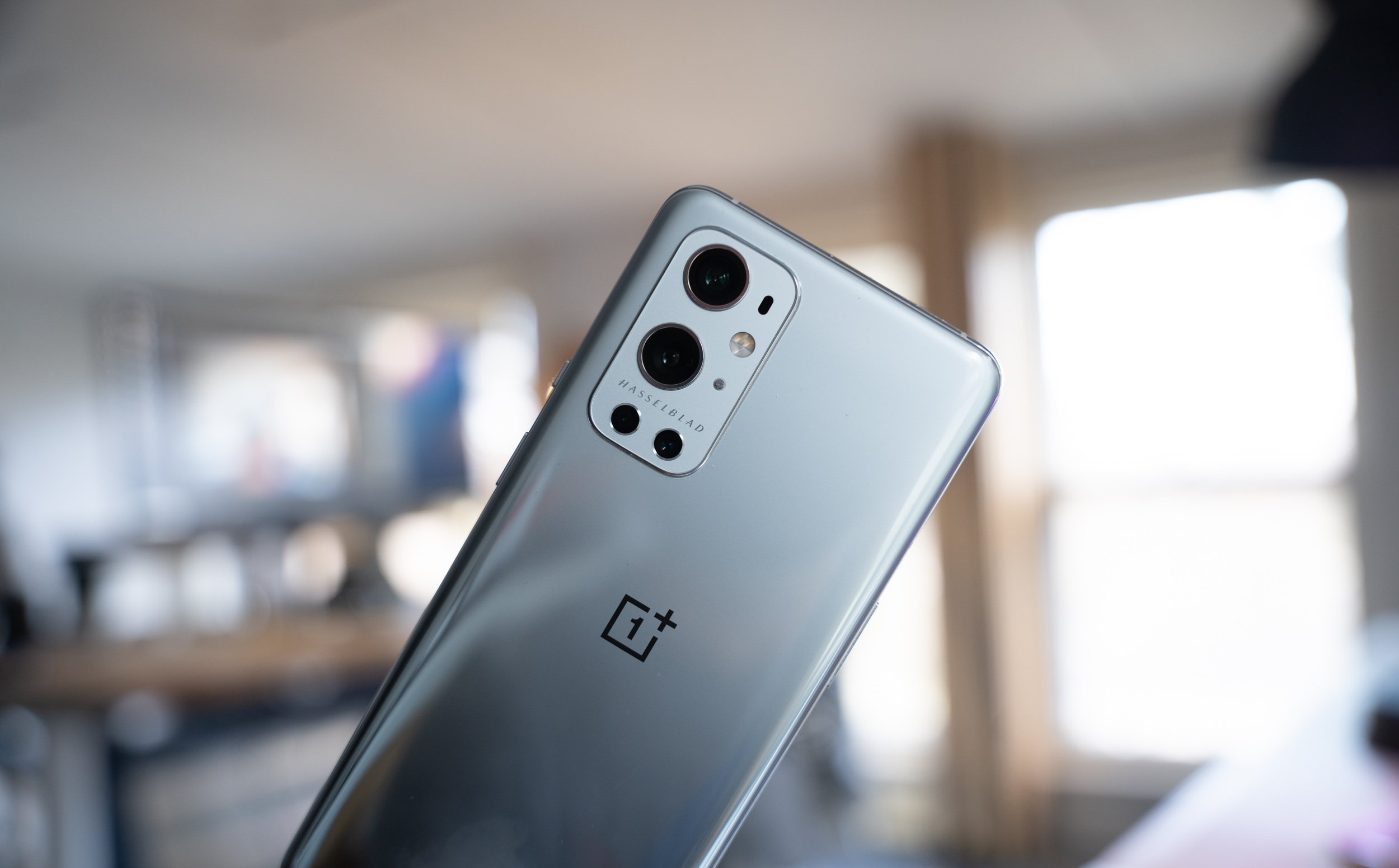
But before we get into all of that and see if the phone’s specs live up to the hype, let’s talk about the design real quick. This may sound a bit blunt, but OnePlus really phoned it in this year, spending very little time and effort to make the phone’s looks one of the selling points. There’s nothing horrible or offensive to point out, but there’s nothing exciting or unique either. While Oppo, Samsung and Xiaomi have gone the extra mile to give their 2021 flagship lineups completely unique looks, OnePlus took the design of the OnePlus 8T, made the camera module less interesting and called it a day.
The Morning Mist gray color you see here features a glass panel on the back that fades from a frosted finish at the top to a mirror finish at the bottom which will need to be wiped down constantly if you don’t want to see all your finger smudges on it.
My recommendation would be to go with the Pine Green color option since it sports a frosted finish from top to bottom.
For what it’s worth, the design is familiar, featuring the usual notification toggle, some well-placed buttons and the great fit and finish we’ve come to appreciate from OnePlus over the years. It just doesn’t look or feel like anything special.
But OnePlus didn’t make any promises to us about the phone’s looks. Instead, it spent weeks teasing us about the phone’s improved camera capabilities and its multi-year partnership with Hasselblad. Usually, I don’t get into a phone’s camera performance this early in the review, but since OnePlus has made such a big deal about it, I’m moving it up a few spots this year.
OnePlus and Hasselblad
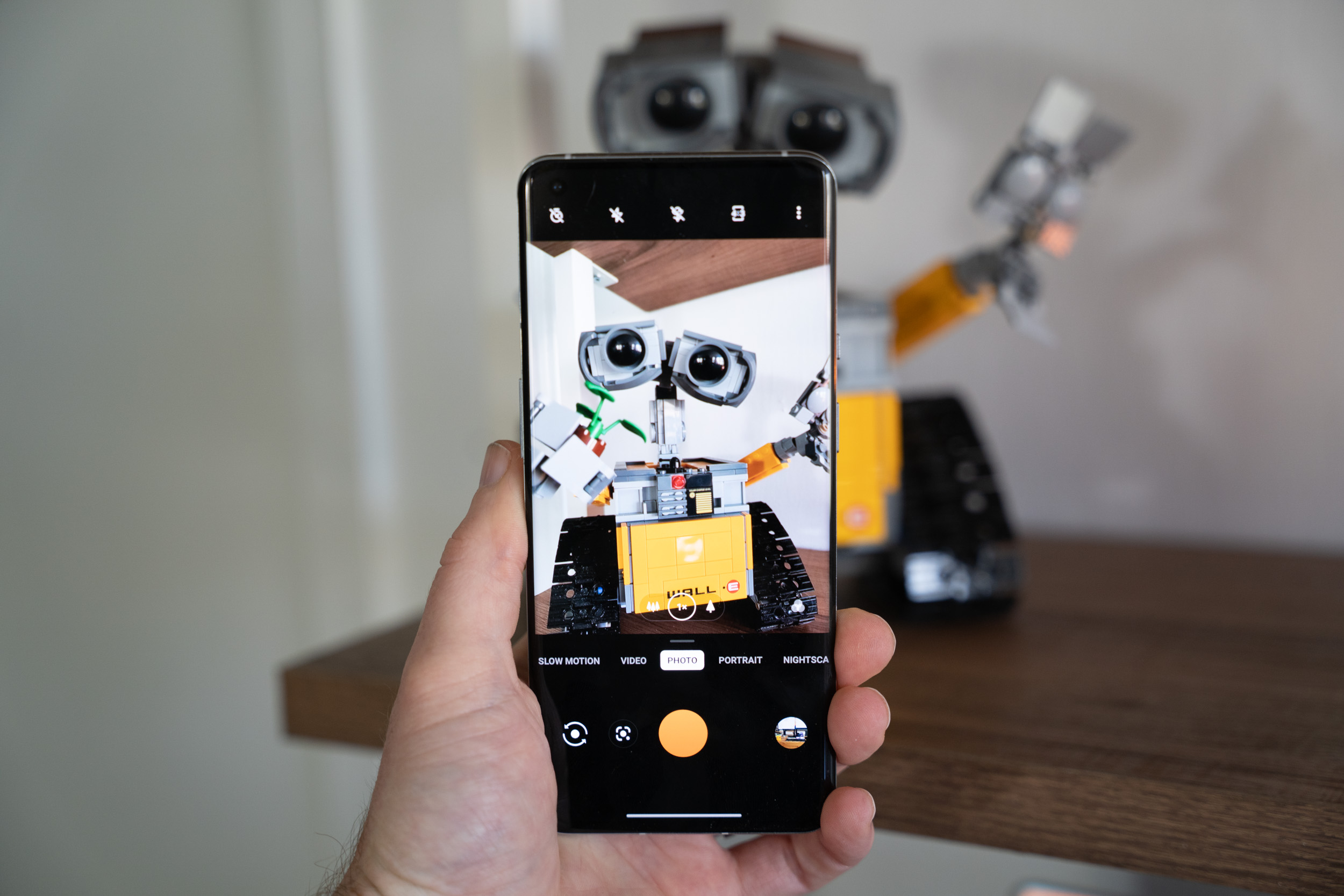
There’s a lot to talk about, but let’s get one thing out of the way right now. The Hasselblad logo on the back of the phone really doesn’t mean anything at this point. Yes, Hasselblad did help tune the imaging sensors for a more natural look and the OnePlus camera team incorporated a few Hasselblad design touches within the camera app. This includes the orange shutter button and that ever-so-satisfying Hasselblad shutter sound, but if you’re looking for a true Hasselblad camera on a smartphone, I suggest checking back in next year.
With that out of the way, the cameras here are incredibly good, especially for OnePlus. For its main camera, the 9 Pro features the new Sony IMX789 while the ultrawide uses the Sony IMX 766. That’s right, OnePlus spent the extra cash to make sure they were using some of the best camera hardware on the market, not only for the main camera but for the ultrawide camera as well which typically have a much smaller sensor that doesn’t perform well in low-light conditions. For comparison, the sensor used for the ultrawide camera on the 9 Pro is 66% larger than the one Samsung used on the S21 Ultra.
The results speak for themselves. The ultrawide camera on the OnePlus 9 Pro outperforms every other ultrawide camera we’ve tested in the past year. It doesn’t matter if you’re taking pictures on a bright sunny day, indoors or at night when out on the town, this camera delivers fantastic shots that are worth sharing. On top of that, the freeform lens that OnePlus paired with the sensors does an incredible job at minimizing edge distortion that is often prevalent when capturing wide-angle shots.
As for the main camera, the results are equally as impressive, but the difference in performance when compared to other flagship smartphones isn’t as apparent. I guess the main selling point here is that OnePlus has finally caught up to the competition when it comes to its main camera, an area in which they’ve always been a step or two behind. When compared to the Galaxy S21 Ultra or the Pixel 5, the 9 Pro still doesn’t perform as well in low light, but the results are still really good, mainly because OnePlus stole a page out of Huawei’s playbook by using a monochrome sensor on the back of the phone that enhances the light absorption of the main sensor in low light situations while also helping with dynamic range in daylight shots as well.
There’s also a 3.3x telephoto camera on the back that gets the job done when you want to take a close-up shot when you can’t physically move closer to your subject. Its low light performance isn’t anything to write home about, but that’s par for the course on zoom cameras.
What is a bit odd is the fact that OnePlus decided to not use the zoom camera at all for 4k video capture, instead opting for a 2x digital zoom on the main sensor. The only way to use the 3.3x zoom camera for recording video is by bumping the resolution down to 1080p.
The good news is that the main and ultrawide cameras offer incredible video quality, going all the way up to 8K at 30fps, though I recommend sticking with 4k/60 if you don’t want to chew up all your internal storage. Video stabilization is great as well and the large sensors used for the main and ultrawide cameras deliver impressive results while capturing video in low light situations.
The only real disappointment with the camera setup on the 9 Pro is the use of the same 16MP selfie camera OnePlus phones have been using since the OnePlus 7. I wasn’t that impressed with the results then so you can imagine my disappointment now when we have some incredible selfie cameras these days.
I’d imagine the people who are willing to buy a premium smartphone because of the incredible cameras on the back would also be interested in a decent selfie camera as well. Who knows, OnePlus may have just killed an upgrade on the hardware this year to make a big splash next year with a Hasselblad selfie camera with next year’s OnePlus 10 Pro.
Software and Performance

But of course, in true OnePlus form, the 9 Pro isn’t all about camera performance. The main reason people love these phones is because of the performance and software experience they offer. I’ll touch quickly on the software since there’s really nothing new to talk about there. The latest build of Oxygen OS powered by Android 11 is pretty much identical to what we got on the OnePlus 8T last year. It’s fast, customizable and offers a pretty clean experience when compared to all the custom Android skins from other OEMs. If I had a choice, I’d still prefer the stripped-down version of Android that Google uses on its Pixel phones, but Oxygen OS offers an even balance that gives power users more flexibility to customize the look and feel of the device without the heavy bloat that you get on other custom builds of Android.
And that brings us to performance, an area where OnePlus has always been a leader. If you’re not familiar with the basics, the 9 Pro is using the latest Snapdragon 888 chipset from Qualcomm with 12GB LPDDR5 RAM and 256GB of UFS 3.1 storage.
While those specs aren’t unusual for a flagship-tier device like this in 2021, the performance they’ve been able to squeeze out of the hardware is better than most, giving the 9 Pro a slight advantage in synthetic benchmark scores. This also translates into real-world benefits if you’re a heavy gamer or plan to use your device for heavy-lifting tasks like video editing or 3D rendering.
But in order to deliver the best gaming experience it possibly can, OnePlus has also included a new HyperTouch feature that reduces touch latency by nearly 85%, delivering an impressive 360 Hz touch sampling rate. This sounds amazing in theory, but OnePlus has to whitelist individual games to take advantage of HyperTouch, which means PUBG Mobile, Call of Duty, League of Legends Wild Rift, and Brawl Stars are the only games that are currently compatible, leaving all other games with 240 Hz touch sampling.
I’ll have to admit that I really can’t tell the difference between the 360 Hz on the 9 Pro and 240 Hz on the S21 Ultra while playing Call of Duty Mobile or Wild Rift, but that could be because both of those games cap frame rates at just 60fps which isn’t the best experience to start with.
Regardless, the gaming performance on this phone is phenomenal, with the phone staying pretty cool even when gaming on it for 30 minutes at a time. The internal thermals OnePlus is using seem better than most mainstream flagship devices, dissipating heat evenly throughout the body of the phone so that the Snapdragon 888 can run at peak performance for longer.
New but familiar display
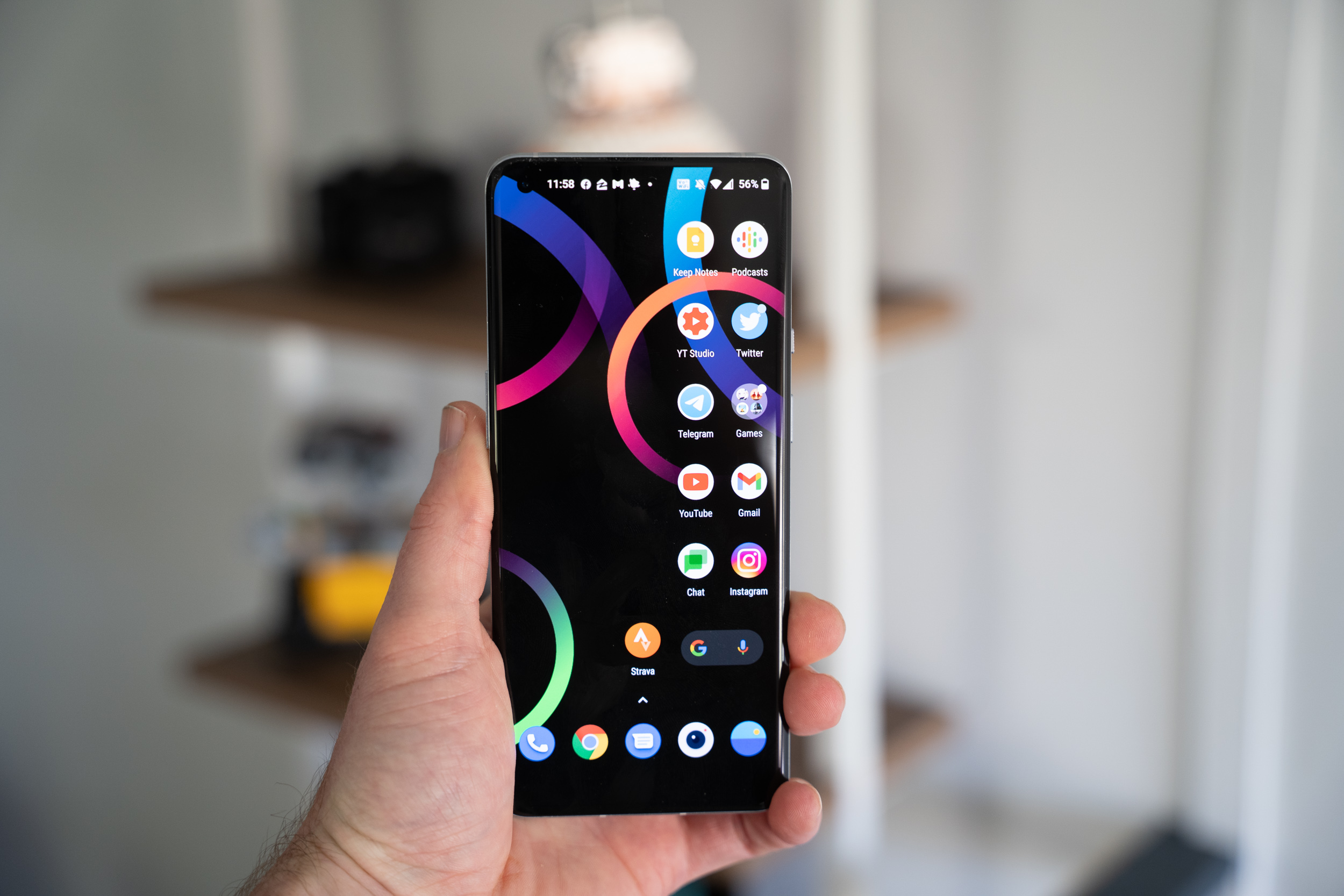
The 6.7-inch QHD+ AMOLED panel used here is impressive as well. While we’re seen LTPO technology on other devices recently, allowing for dynamic refresh rates between 10 and 120Hz, the 9 Pro takes it to a whole new level, dropping it all the way to 1Hz. That means if you’re looking at static content on your phone and you’re not touching the display, it will only refresh the screen once per second, dramatically reducing the display’s power consumption. While tech advancements like this are seemingly invisible to us, it’s nice to see companies putting in the extra work to make sure the devices we have are as efficient as they possibly can be.
The display is quite nice to look at as well when you rev it up to higher frame rates with its 10-bit Color Depth, HDR 10 support and reaching up to 1300 nits of peak brightness which means you’ll have no issues seeing the screen while outdoors on a sunny day. My only complaint here is that OnePlus is still sticking with a curved display. It’s less pronounced than it was on the 8 Pro last year and the number of miss-taps I’ve gotten with this phone has been reduced as well, But I still think OnePlus should have gone with a flat display.
All about the battery
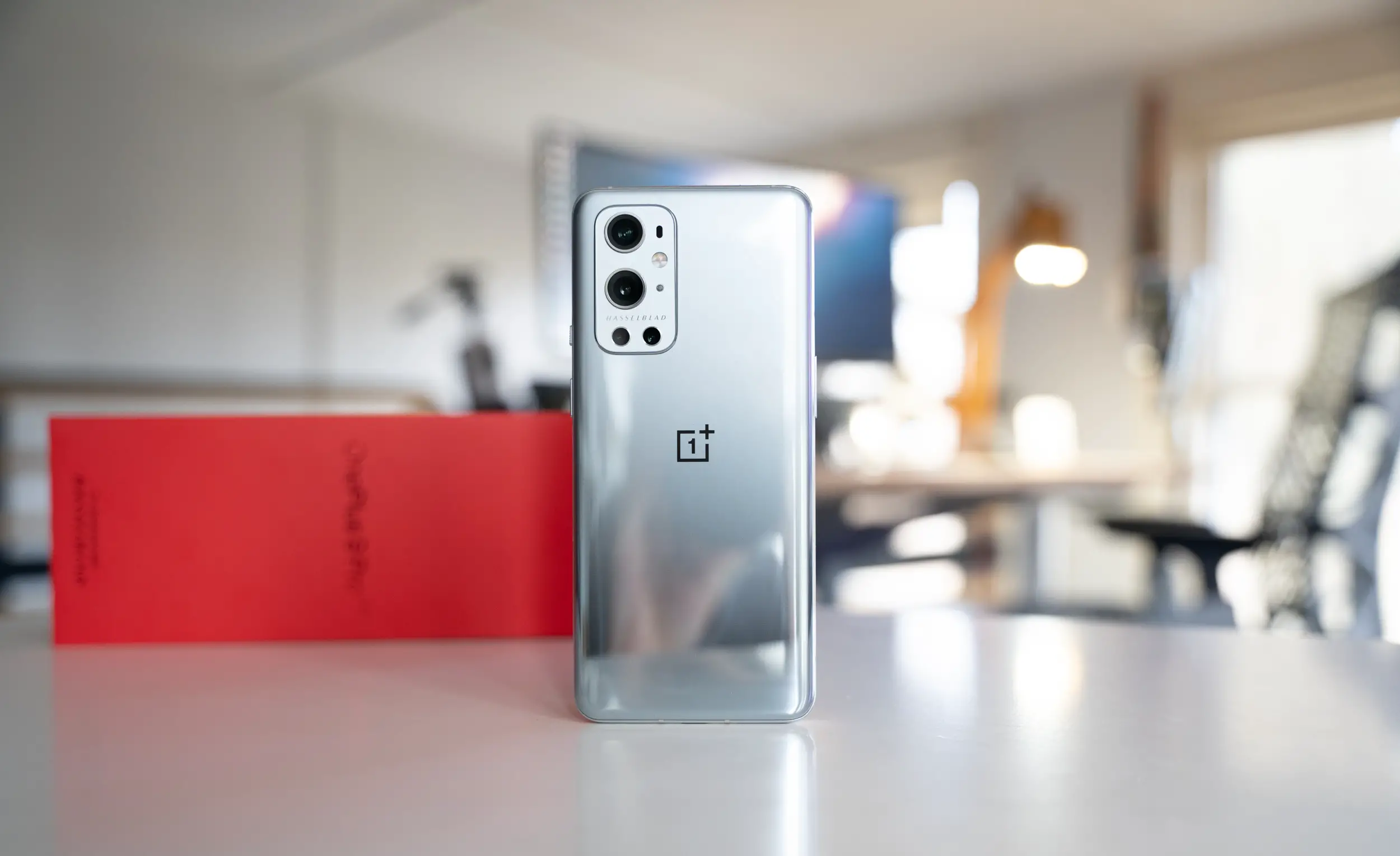
The final thing to talk about is battery life and the phone’s charging capabilities. When it comes to battery size, the 4,500mAh cell doesn’t sound terribly impressive when there are quite a few phones out there these days with 5,000mAh or even higher. Fortunately, battery life isn’t an issue you’re going to have with this device unless you’re using the camera for hours on end or plan on gaming for 5 hours straight. In using the phone for 3 weeks, I’ve averaged 15 hours between charges with 6 and a half hours of screen on-time which typically included at least 90 minutes of gaming.
I’d say battery performance is perfectly acceptable. But what makes this phone truly stand out is its charging capabilities. Thanks to its unique dual-cell battery setup, the phone can accept up to 65W for wired fast charging and up to 50W using OnePlus’ proprietary wireless charging stand. Using the fast charger that comes in the box will get you from zero to 100% in just over 30 minutes. You can literally plug the phone in for 15 minutes while you’re in the shower and come back and have a 60% charge.
It’s pretty insane. Now, this isn’t close to being the fastest charging smartphone on the planet, but it’s at least twice as fast as its main competitors from larger brands here in North America and in Europe.
Conclusion
All in all, the OnePlus 9 Pro is a very capable device, delivering big improvements on the camera front, along with the performance we’ve come to expect from OnePlus over the years. That being said, I think OnePlus overpromised with all the hype it built before the launch, leaving many expecting more than what the phone actually delivered.
The issue for me comes down to the price of the phone. At $1,069.00, it’s technically $130 less than the Galaxy S21 Ultra (currently on sale for $999), but Samsung is known for offering $200 discounts on its flagship devices every other week on top of the incredible trade-in offers that OnePlus can’t seem to match. And that’s before you factor in better carrier support on Verizon and AT&T.
With the 9 Pro, OnePlus has finally delivered a smartphone that can go head-to-head with the best devices in Samsung’s lineup. It’s no longer a question of “is it good enough?” Now you simply have to choose which brand you are loyal to.
OnePlus 9 Pro Rating: star_fullstar_fullstar_fullstar_fullstar_50 (4.3/5)
The Good
- Rear cameras
- Performance
- Battery life
- Display
- Fast wired & wireless charging
The Bad
- Design
- Selfie camera
- Price
The Bottom Line
OnePlus has seemingly caught up to the competition with the OnePlus 9 Pro, offering an incredible camera experience (if you don’t count the selfie camera), impeccable performance, and the usual refinements we expect from OnePlus on build quality and software. You just have to decide if you’re willing to pay the same premiums other brands are charging for their high-end devices.
The post OnePlus 9 Pro review: taking on the Ultras first appeared on Phandroid.
13/04/2021 01:53 PM
OnePlus 9 Pro overheating issue fixed with OTA update rolling out now
13/04/2021 02:43 PM
Top 9 Best Fishing Android Apps – Updated April 2021
13/04/2021 12:03 PM
Watch NVIDIA's GTC keynote in 17 minutes
13/04/2021 02:01 AM
New Google Photos Video-Editing Features Finally Appearing on Android Phones
13/04/2021 07:30 PM
Does Samsung get a win over Jabra with the Galaxy Buds Pro
13/04/2021 03:00 PM
Even the two-year-old Nokia 2.2 is getting Android 11
13/04/2021 10:18 AM
Samsung Galaxy Quantum 2 Launches To Reveal Galaxy A82 Specs
13/04/2021 12:10 PM
Google's attempt to replace third-party cookies is already being blocked
13/04/2021 08:43 PM
- Comics
- HEALTH
- Libraries & Demo
- Sports Games
- Racing
- Cards & Casino
- Media & Video
- Photography
- Transportation
- Arcade & Action
- Brain & Puzzle
- Social
- Communication
- Casual
- Personalization
- Tools
- Medical
- Weather
- Shopping
- Health & Fitness
- Productivity
- Books & Reference
- Finance
- Entertainment
- Business
- Sports
- Music & Audio
- News & Magazines
- Education
- Lifestyle
- Travel & Local
